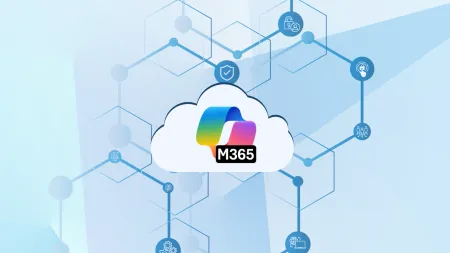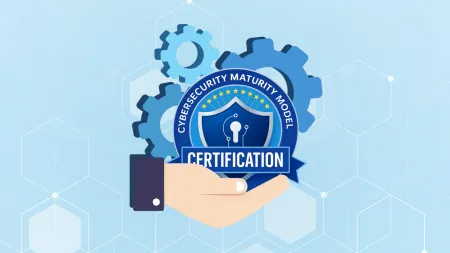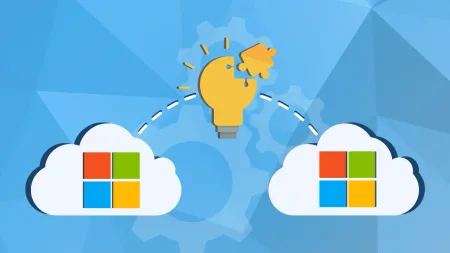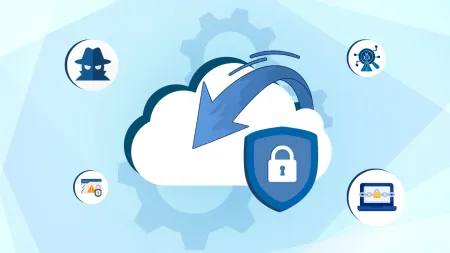CMMC 2.0 Explained: Levels, Compliance Requirements, and Key Changes
CMMC 2.0 simplifies cybersecurity requirements for DoD contractors. Explore an overview of its levels, key changes from CMMC 1.0, and what each level means for compliance.
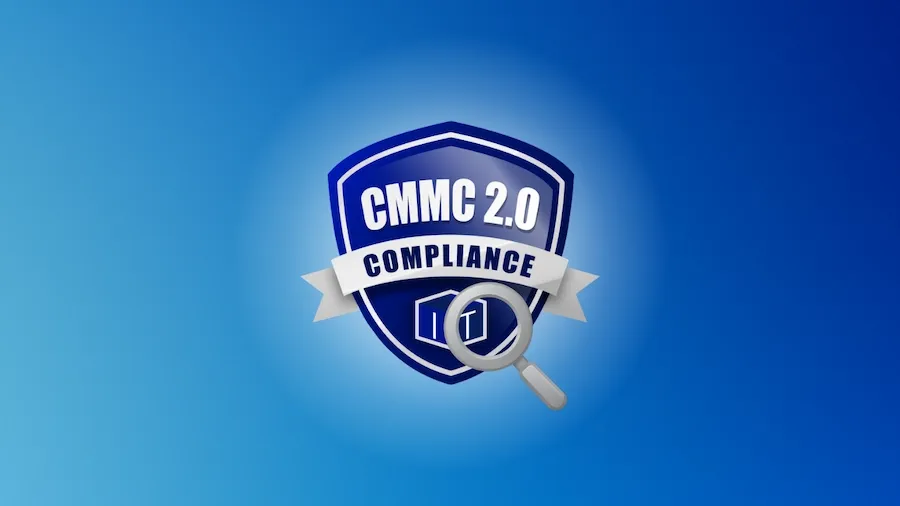
The Department of Defense released an update back in 2021 to the CMMC compliance standards, and it is essential to understand what changed. CMMC 2.0 has immediate ramifications for contractors, and that is what we must take a closer look at.
What is CMMC 2.0?
This refers to the U.S. Department of Defense’s update to cybersecurity rules and regulations as they apply to defense contractors. The goal of these standards is to protect the sensitive information that those contractors routinely handle. This includes Controlled Unclassified Information (CUI) and Federal Contractor Information (FCI) that might exist on non-governmental technology systems.
The goal of having structured regulations like this is to protect against information leaking out and being seen by the wrong people. As such, the Department of Defense (DoD) has worked diligently to try to keep these regulations updated regularly as new security measures are frequently necessary to protect the government’s most sensitive data.
Key Changes in CMMC 2.0 vs. CMMC 1.0
The latest update to the CMMC introduced some important changes. Among the things that contractors should be aware of include the following:
-
Reduction From 5 Levels to 3 Levels – To simplify things and make it all a bit easier on contractors, the Department of Defense reduced the number of levels of security from 5 levels down to 3 levels. This provides contractors with a more streamlined way to understand these regulations and adhere to them.
-
Elimination of Maturity Processes and CMMC-Unique Practices – The DoD has also worked diligently to cut out some of the red tape that previously existed within the CMMC 1.0. One of the ways that they did so was to eliminate maturity processes and cut out the CMMC-unique practices that no longer served the end goal.
-
Self-Assessments Allowed for Some Contractors – It is no longer necessary for an outside third-party to conduct all of the security assessments that must be done. Instead, some contractors are now permitted to conduct their own assessments to ensure that they remain compliant with all of the security standards that are required of them.
-
Alignment with NIST 800-171 – Rather than add even more layers of new requirements, the CMMC 2.0 standards have managed to put themselves in alignment with the NIST 800-171 standards that already exist.
These are some of the key changes from CMMC 1.0 to CMMC 2.0 that all contractors should make themselves familiar with. Now, we should also look at what each of the levels with the CMMC 2.0 standards look like.
CMMC 2.0 Levels Explained
To best understand what the ramifications of the CMMC 2.0 update look like, it is important that we take a look at what each of the levels with the CMMC 2.0 look like. Here is a breakdown of those levels and their meanings:
CMMC Level 1
This is the lowest level of security for governmental information and generally deals with information that is mostly already available to the public. Here is what you should know about CMMC Level 1:
-
Meant for Contractors Handling Federal Contractor Information (FCI) – This level is specifically designed for contractors who handle federal contractor information. This information is still important to the government, but it is not among the most highly classified or sensitive information out there. As such, the standards are not quite as strict as some of the higher levels of the CMMC standards.
-
Requires Annual Self-Assessments – This level of CMMC standards requires the contractors to perform annual self-assessments to ensure they are in line with the standards.
CMMC Level 2
At this level, the security gets ticked up a notch. Here are the vital facts about CMMC Level 2:
-
Necessary for Handling Controlled Unclassified Information (CUI) – The information that has been unclassified but is still controlled within government entities must be diligently protected, and it requires CMMC Level 2 protection to do so.
-
Aligned with NIST 800-171 Regulations – Every contractor at CMMC Level 2 status must also comply with NIST 800-171 security regulations as well.
CMMC Level 3
This is the highest level of CMMC regulations and it is required of those who handle the most secure information out there. Key facts include:
-
Requires Triennial Government-Led Audits – Contractors handling this level of information can fully expect to be routinely audited throughout the year to ensure that the information is secure.
-
Specifically for Companies and Contractors Handling Highly Sensitive Information – This level of security is necessary only for those handling the most tightly guarded governmental secrets.
How to Achieve CMMC 2.0 Compliance
Contractors eager to reach CMMC 2.0 compliance ought to follow a specific path to reach their goal. Among the things that they can do include the following:
-
Determine Their Required CMMC Level – Knowing what level of CMMC protection one needs is a great first step in the right direction. It gives you something to aim for and lets you know how far you need to take measures to reach that goal.
-
Conduct a Gap Analysis Based on the NIST 800-171 Requirements – Contractors should conduct a gap analysis to see where they might be lacking some important standards related to the NIST 800-171 requirements. Then, they should plug in those gaps.
-
Prepare for a Self-Assessment or Third-Party Audit – Be ready to deal with a self-assessment or a third-party audit of your standards so that you can meet all of the necessary requirements and be fully CMMC 2.0 compliant.
Challenges in CMMC 2.0 Compliance
There are always certain challenges that arise whenever new standards arise or are implemented. Some of the challenges faced by those seeking CMMC 2.0 compliance include the following:
-
Understanding the requirements can be a challenge for some as they try to adapt to this new set of rules.
-
Guaranteeing supply chain compliance is also a hurdle to be overcome for many contractors. They work with others in their supply chains and must be certain that all of those individuals are also complying to the standards of the CMMC 2.0 regulations.
-
The cost of compliance can be a strain for some small businesses and individual contractors. Be aware of what it takes to meet these standards and start preparing now.
Reach Out to Agile IT Today for Help Getting CMMC 2.0 Compliant
While there are certainly challenges related to becoming CMMC 2.0 compliant, it is also true that it is well worth the struggle. Agile IT will gladly help you in that struggle by offering you the resources that you require to become compliant to these standards.
Speak with our knowledgeable team and let us work with you no matter where you are in the process. We can provide you with the boost that you need to reach full CMMC 2.0 compliance. Reach out and contact us today.

